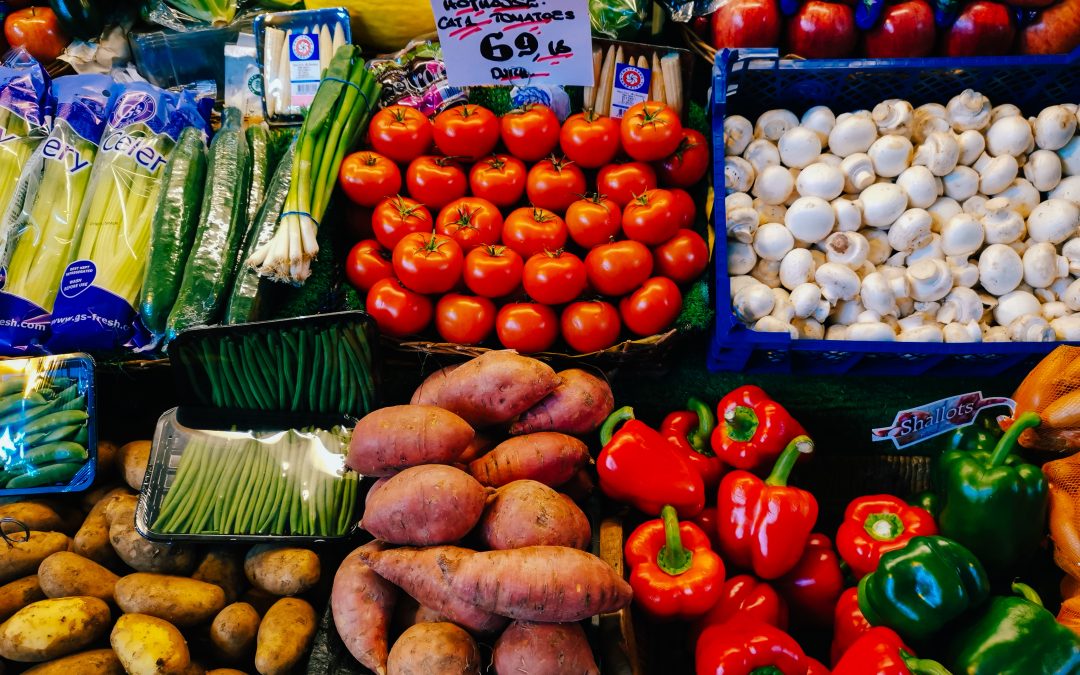Every day significant amounts of food are thrown out in Danish households, but it turns out that the biggest amounts of food wasted happen before the food has reached the last part of its supply chain, that is consumer. It happens already during the previous stages of the food supply chain by starting with production and sales activities.
By avoiding food waste we can help to reduce the negative effect on environmental and climate changes that are directly linked with the agricultural industry and food waste. It will not help if we will start to eat more of the food that we would otherwise throw away, but many studies have shown that about 50% of the food thrown away could be have been eaten.
But as mentioned before, food waste is not only about the food wasted in private households. The food supply chain can be optimized already through the primary food manufacturing stages like during the cultivation and production, and then later at transportation, handling, and packaging in the shops, catering companies, and restaurants.
Let’s look at some of the most important things to do to avoid food waste as a private person and as a company.
This is how the private household can avoid food waste:
1. Planning – this is the basic step from a consumer point of view, but also one of the most difficult ones because it requires you to use the extra time and really plan your meals, for the upcoming period and buy only the food that is needed for you to prepare them.
2. Buy from locals – if you have the possibility to choose between buying the groceries at the shop and buying them for example from a local farmer, then please choose the local farmer, because the food that is bought straight from the farmer will last longer on your shelf or fridge at home because it has not spent many days by traveled thought the food chain (subsidiaries and shops).
3. Use leftovers – learn about how to use leftovers for example by creating new dishes, but remember to keep an eye on the shelf life. By doing this you will decrease the costs of your meals and increase the diversity of your meals and also fight food waste.
4. Storing food – learn about how to store your food the right way and at the right temperature, to increase how long your groceries will last, which will also be beneficial for both, your finances and your planet.
5. Use freezer – the freezer at the bottom of your fridge is not made only for frozen food that is bought at the shop already ice cold. You are more than welcome to use it also when dividing your groceries into smaller packages for freezing, that way you can defrost and use only the amount of food needed without having any waste left.
According to the Foedevarestyrelsen these are some examples of how the company can handle the food that would otherwise go to waste:
1. Damaged packaging – damaged cans can be sold, donated, or used in the company´s products.
2. Mark the items – for frozen items, the company can organize the products by marking them and sorting out the items closest to the expiration date, to find a way to make them to good use before the date is over.
3. Expiration date is exceeded – if the expiration date of the item has exceeded, then unfortunately the product cannot be sold or donated, but can be used the company’s own production.
4. Best Before date has been exceeded – if the best before date has been exceeded then the company can sell or donate the product by informing the customer about the product expiration date.
You can read more about the food waste options here.
If you are interested to start selling or buying agricultural products on batata’s marketplace don’t wait and register here. If you will need any help don’t hesitate and contact us we are always ready to help You!
